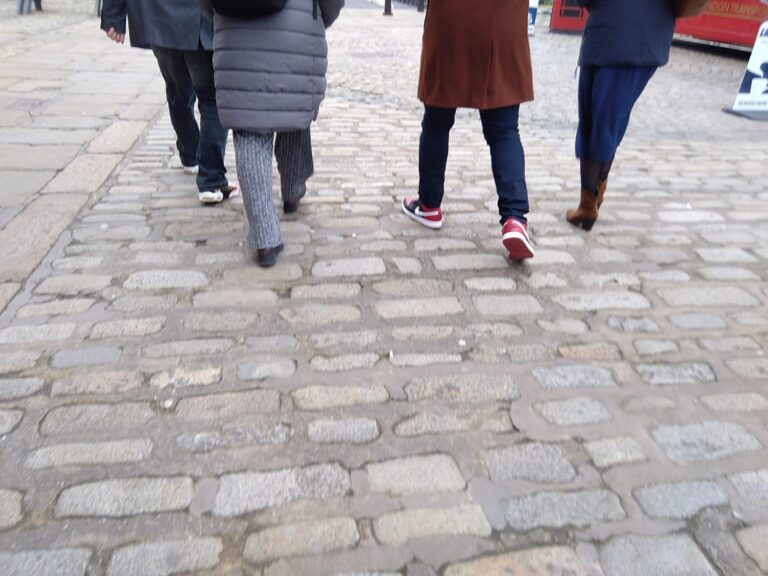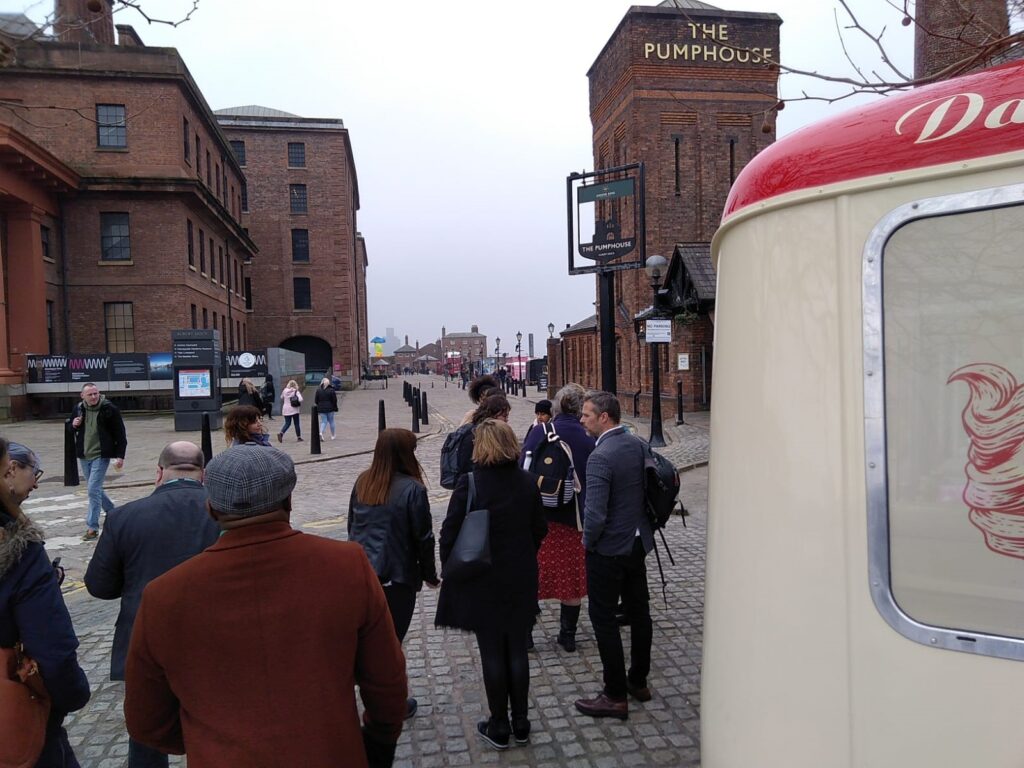| Equity & Diversity
“Walking with a friend in the dark is better than walking alone in the light.” – Helen Keller

Hi
It’s been ages since I posted on the Equality blog. So long in fact that I feel like a guest!
As Neurodiversity Celebration Week is almost upon us (18th March – 24th March), I thought I’d share the ‘walkshop’ that my colleague, Richard and I ran at the Advance HE Equality, Diversity, and Inclusion Conference in Liverpool a couple of weeks ago. No, I haven’t made a spelling mistake, it was a ‘walkshop, and yes, it does literally mean walking whilst having conversations. I’ll be honest, I initially found the thought terrifying! I mean, I regularly deliver workshops and facilitate group discussion, but this felt like something completely different, unfamiliar, and outside of my comfort zone. When I reflected on this later, I had to smile. I recalled how often I had encouraged delegates on my workshops to get comfortable with the discomfort, saying that it is only when we experience discomfort that we truly challenge ourselves and open ourselves up to learning.
Richard, however, was unfazed. Listening to understand my concerns, he explained in detail appropriate for me, the background to a ‘walkshop’, pulled together resources and drafted an outline for the format of ours. With his support I was not only able to fully embrace the concept but get excited to.
So, what exactly is a ‘walkshop’?
The German philosopher, Friedrich Nietzsche, is quoted as saying:
“All truly great thoughts are conceived while walking”.
Our experience that day, certainly demonstrated that.
Research by the American Psychological Association shows that walking enhances people’s creativity and productivity. According to neuroscientists, walking increases blood flow to the brain, which helps people express their ideas more fluently. As we strolled around the Albert Docks on a sunny, but chilly, morning, we certainly found that our delegates had many, very lively discussions.
To guide their thinking, we created a pack of cards containing a series of prompts and provocations. This generated conversation in an organic, but structured way. Delegates organised themselves into smaller groups which helped them quickly build a rapport, facilitating open and honest conversations about the experiences of their university, as well as their personal experiences. In their small groups, they read a card and started walking, chatting as they walked, or choosing to spend their time in quiet reflection. After a few minutes we stopped to come together to share and capture our thoughts on the ‘Slido’ that Richard had made. He’d also added QR codes to the cards with links to useful websites for additional resources. After about thirty-five minutes we headed back to the seminar room to share our learning and ideas, where the buzz of discussions continued.

Our session was titled
“Walking through the ‘why not’, ‘what’ and ‘how’ of establishing a staff neurodiversity group: Lessons learned, successes and steps forward”,
so Richard decided that a ‘walkshop’ was the most appropriate format as it disrupted the traditional approach to conference sessions. It was also a good format for the generation of ideas and ‘thinking outside of the box’. Feedback from delegates was overwhelmingly positive both in terms of their experience of the ‘walkshop’ but also the learning. In fact, we’ve set up a Teams Group to continue collaborating!
My advice to anyone thinking about trying something unfamiliar or uncomfortable is, seize the opportunity and step out of your ‘comfort zone’, it might just give you the chance to experience life from another’s perspective.



